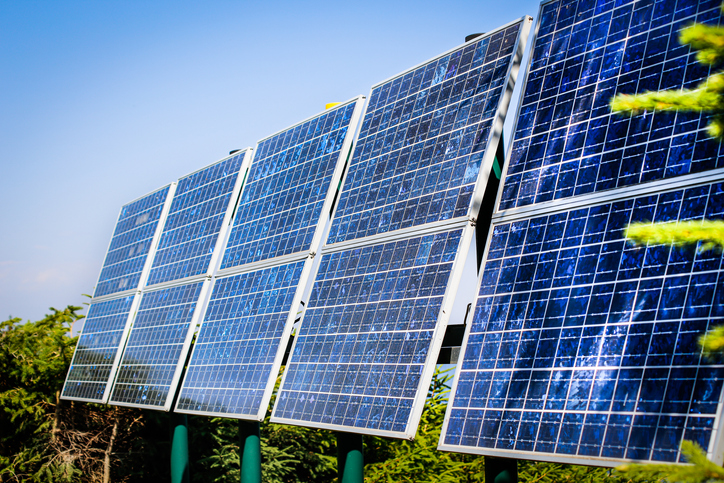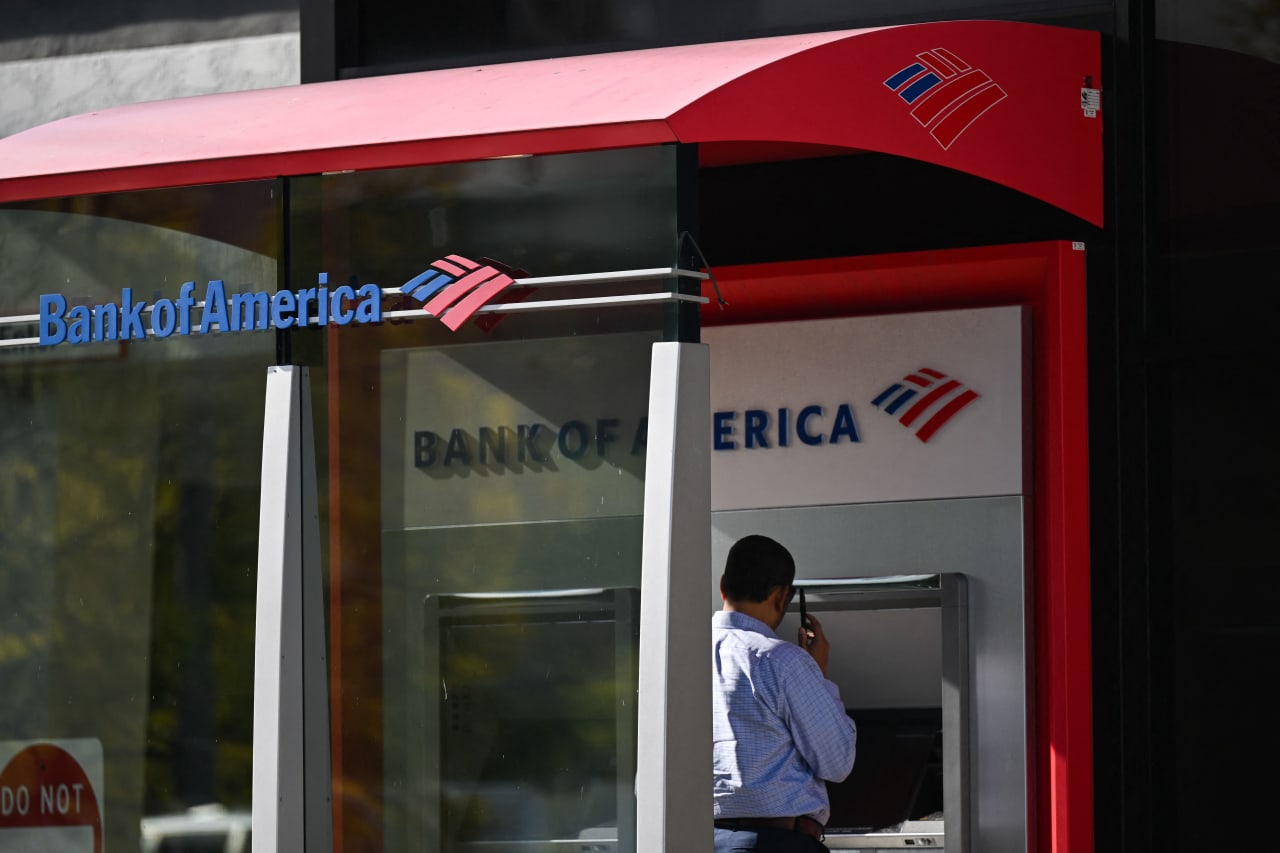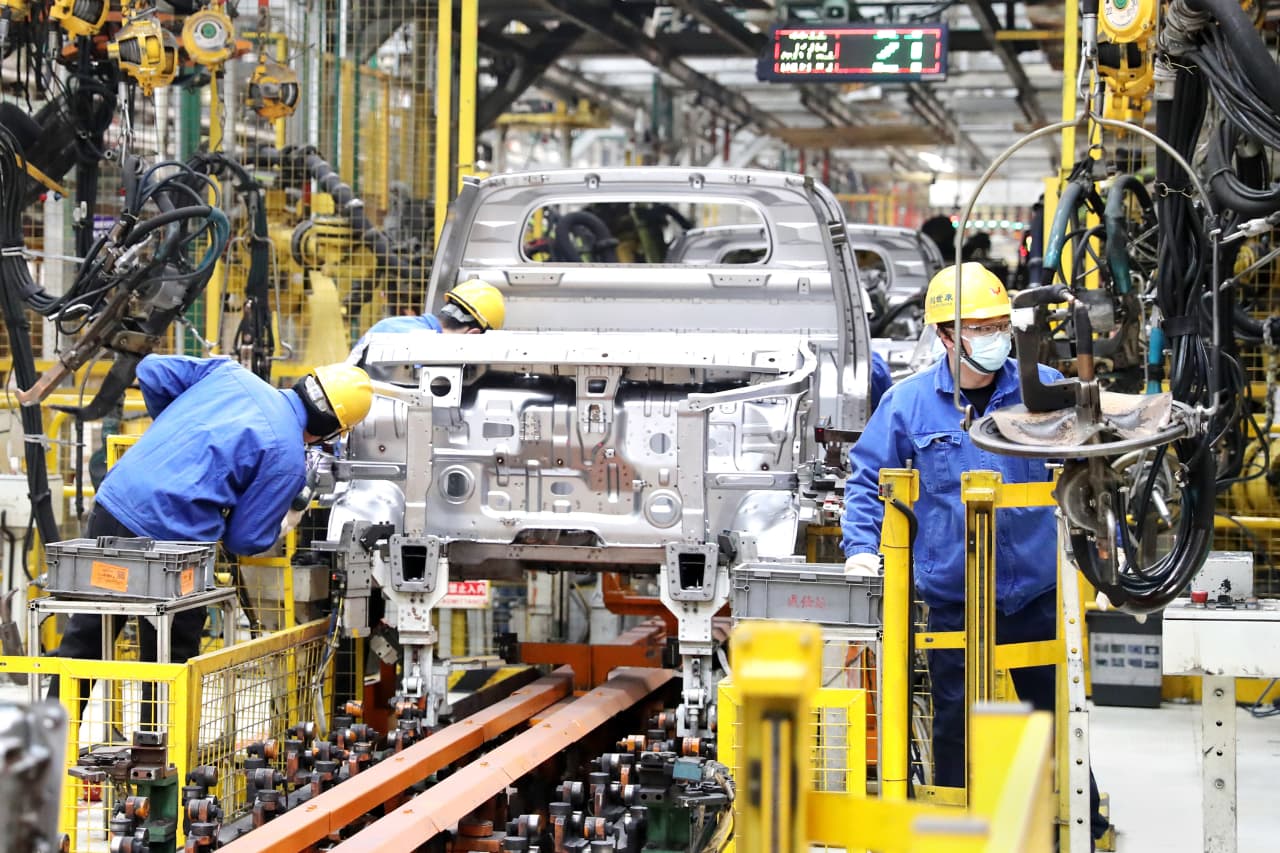America’s Green Skills Gap Raises Concerns About Energy Transition
In 2022, U.S. green job postings on LinkedIn jumped 20%, but green talent grew only 8.4%
Green skills in the U.S. aren’t growing as fast as green jobs, pressuring companies to get creative to find the workers they need to carry out the energy transition and take advantage of the historic amount of money pouring into climate technology.
Generous incentives in last year’s Inflation Reduction Act have prompted billions of dollars in clean-energy investment announcements that are forecast to create millions of U.S. jobs. But recent data shows strong growth in demand for green skills exacerbating an already tight market where demand outstrips supply.
In 2022, the number of U.S. LinkedIn profiles with at least one green skill grew around 8.4%, compared with a 20% rise in green job postings on the platform, according to data from LinkedIn provided to The Wall Street Journal. The online professional network defines green skills as those that make economic activities more environmentally sustainable, such as carbon accounting, hydrogen engineering and battery manufacturing. It considers green jobs to be ones which include climate action objectives such as removing pollution and preserving natural resources.

Likewise, more than 114,000 U.S. clean-energy jobs were created in 2022, according to last week’s annual employment report from the U.S. Department of Energy. Every state recorded an increase in these jobs and the rise outpaced employment growth in both the wider economy and the overall energy sector. More than 40% of all U.S. energy jobs last year were in clean energy, defined as ones that include technologies aligned with a net-zero future such as electric vehicles, renewables or hydrogen.
“We need this concentration of workers with green skills to be higher,” said Sue Duke, head of global public policy at LinkedIn.
The IRA earmarked around $369 billion of government incentives for energy and climate-related programs over 10 years. The legislation was predicted to create more than nine million clean-energy and climate-related jobs over the next decade, according to the Political Economy Research Institute at the University of Massachusetts Amherst.
The utility-scale clean energy industry has announced more than $150 billion of investment as well as 18,000 new manufacturing jobs associated with new or expanded facilities since the IRA was passed in August 2022, the American Clean Power Association, an industry group for wind, solar and battery storage, said in April.
“The transition to a cleaner economy, as envisioned by many policy makers, will involve building a vast amount of infrastructure,” said Kenneth Gillingham, economics professor at the Yale School of the Environment.
“There has certainly been an uptick in hiring,” Gillingham said. “But much of the building of infrastructure and clean energy is yet to come if the goals of the IRA come to pass.”
The current green skills supply shortage has raised concerns about how U.S. companies will find the workers they need as the IRA-related projects are built and eventually start operating. However, there are some mitigating factors.
“Today’s workforce is not ready for such a scaling up, but the skills needed are not always specific to green technology,” Gillingham said. There are also plenty of traditional economy roles that can quite easily transition to green jobs, such as from construction, electrical work and engineering, he said.
To help close the green skills gap, companies are getting creative. For newer, fast-growing roles such as sustainability manager and energy auditor, some businesses have recruited workers without prior green job experience, according to LinkedIn. It also said around half of the solar consultants and waste managers hired in the U.S. had no prior experience.
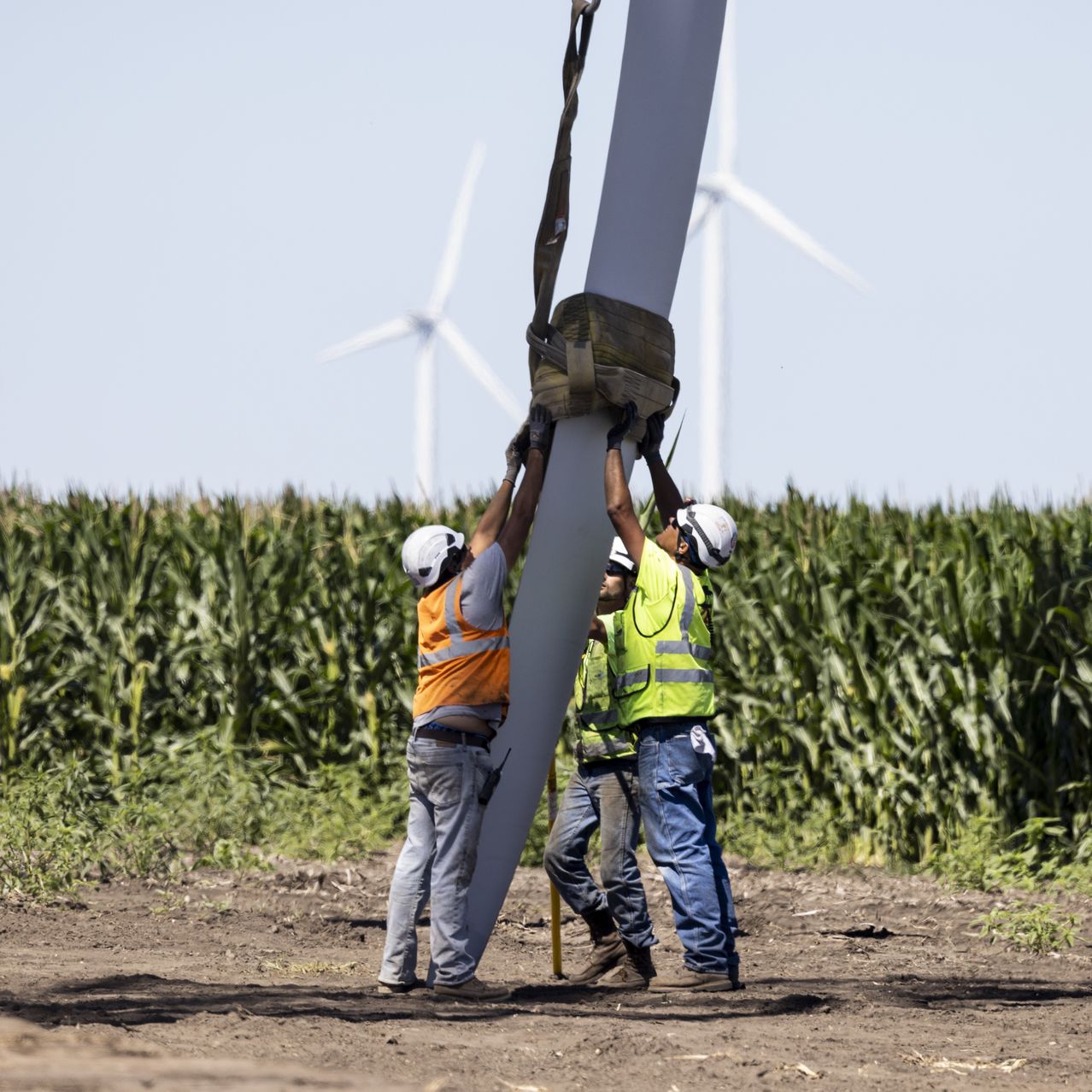
Businesses are also upskilling current workers and hiring people from areas of the economy that are shrinking. For example, Gillingham said coal-power plant workers are being trained to run renewable-energy farms, operate electric-vehicle charging networks or expand transmission lines.
Universities are also stepping up to help close the green skills gap. For example, the Yale School of the Environment has begun a “major push” into certification programs to train professionals with new greenskills that they can quickly bring into their companies, said Sara Smiley Smith, associate dean at the school.
Yale offers two online certification programs, each taking roughly 11 months to complete. One is on financing and deploying clean energy, while the other concerns restoring, conserving and sustainably using tropical forests. It is developing three more certifications and experimenting with the Coursera learning platform.
“The applications to the master’s program I run here have doubled in the last three years,” said Steven Cohen, director of Columbia University’s Master of Science in Sustainability Management. Cohen added: “The growth of programs to educate people to play sustainability roles in private corporations is exploding.”
The need for green skills varies across industries: The green shift in the energy and transport workforces are quite pronounced as they develop lower-carbon energy sources and electric vehicles, respectively.
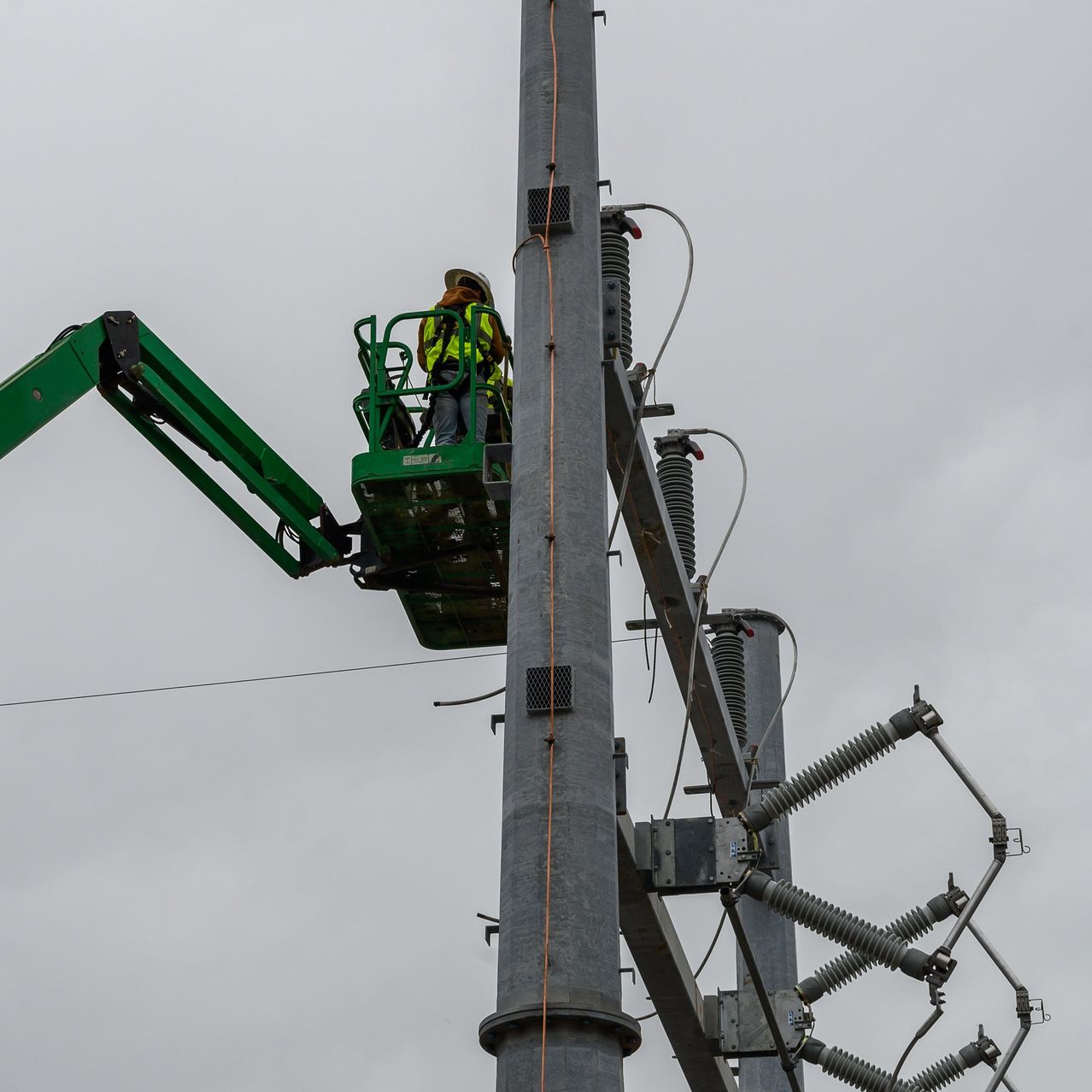
More than 84% of net new electric power generation jobs last year were in clean energy such as renewables, geothermal and nuclear, although oil and gas jobs grew too, with only coal jobs falling, according to the U.S. Department of Energy. However, LinkedIn data shows that even within the U.S. oil-and-gas industry there has been a steady increase in the share of its workforce acquiring green skills, which has risen to 22%, well above the average across U.S.industries, at around 12%.
Likewise, there were more than 200,000 jobs added last year in the clean energy vehicle sector, reflecting year-over-year growth of more than 20%, according to the U.S. Department of Energy.As of 2023, nearly 11% of U.S. transport workers, such as employees of carmakers, have green skills, according to LinkedIn. The U.S.’s share of auto workers with electric vehicle-related skills rose by 68% between 2018 and 2023.
In contrast, the U.S. finance industry is lagging behind the national average despite many businesses talking up how they are increasingly basing their investments on environmental, social and governance criteria. The proportion of U.S. financial workers with green skills reached 8% in 2023, but is growing faster than most industries with a 14.8% year-over-year increase.
—Rochelle Toplensky contributed to this article.
Corrections & Amplifications
Yale School of the Environment offers two online certification programs to train professionals on new green skills, both taking roughly 11 months. A previous version of this article incorrectly said Yale’s course on financing and deploying clean energy was 10 months and a second course on restoring, conserving and sustainably using tropical forests was eight weeks. (Corrected on July 7)
 Copyright 2020, Dow Jones & Company, Inc. All Rights Reserved Worldwide. LEARN MORE
Copyright 2020, Dow Jones & Company, Inc. All Rights Reserved Worldwide. LEARN MORE
This stylish family home combines a classic palette and finishes with a flexible floorplan
Just 55 minutes from Sydney, make this your creative getaway located in the majestic Hawkesbury region.
When will Berkshire Hathaway stop selling Bank of America stock?
Berkshire began liquidating its big stake in the banking company in mid-July—and has already unloaded about 15% of its interest. The selling has been fairly aggressive and has totaled about $6 billion. (Berkshire still holds 883 million shares, an 11.3% interest worth $35 billion based on its most recent filing on Aug. 30.)
The selling has prompted speculation about when CEO Warren Buffett, who oversees Berkshire’s $300 billion equity portfolio, will stop. The sales have depressed Bank of America stock, which has underperformed peers since Berkshire began its sell program. The stock closed down 0.9% Thursday at $40.14.
It’s possible that Berkshire will stop selling when the stake drops to 700 million shares. Taxes and history would be the reasons why.
Berkshire accumulated its Bank of America stake in two stages—and at vastly different prices. Berkshire’s initial stake came in 2017 , when it swapped $5 billion of Bank of America preferred stock for 700 million shares of common stock via warrants it received as part of the original preferred investment in 2011.
Berkshire got a sweet deal in that 2011 transaction. At the time, Bank of America was looking for a Buffett imprimatur—and the bank’s stock price was weak and under $10 a share.
Berkshire paid about $7 a share for that initial stake of 700 million common shares. The rest of the Berkshire stake, more than 300 million shares, was mostly purchased in 2018 at around $30 a share.
With Bank of America stock currently trading around $40, Berkshire faces a high tax burden from selling shares from the original stake of 700 million shares, given the low cost basis, and a much lighter tax hit from unloading the rest. Berkshire is subject to corporate taxes—an estimated 25% including local taxes—on gains on any sales of stock. The tax bite is stark.
Berkshire might own $2 to $3 a share in taxes on sales of high-cost stock and $8 a share on low-cost stock purchased for $7 a share.
New York tax expert Robert Willens says corporations, like individuals, can specify the particular lots when they sell stock with multiple cost levels.
“If stock is held in the custody of a broker, an adequate identification is made if the taxpayer specifies to the broker having custody of the stock the particular stock to be sold and, within a reasonable time thereafter, confirmation of such specification is set forth in a written document from the broker,” Willens told Barron’s in an email.
He assumes that Berkshire will identify the high-cost Bank of America stock for the recent sales to minimize its tax liability.
If sellers don’t specify, they generally are subject to “first in, first out,” or FIFO, accounting, meaning that the stock bought first would be subject to any tax on gains.
Buffett tends to be tax-averse—and that may prompt him to keep the original stake of 700 million shares. He could also mull any loyalty he may feel toward Bank of America CEO Brian Moynihan , whom Buffett has praised in the past.
Another reason for Berkshire to hold Bank of America is that it’s the company’s only big equity holding among traditional banks after selling shares of U.S. Bancorp , Bank of New York Mellon , JPMorgan Chase , and Wells Fargo in recent years.
Buffett, however, often eliminates stock holdings after he begins selling them down, as he did with the other bank stocks. Berkshire does retain a smaller stake of about $3 billion in Citigroup.
There could be a new filing on sales of Bank of America stock by Berkshire on Thursday evening. It has been three business days since the last one.
Berkshire must file within two business days of any sales of Bank of America stock since it owns more than 10%. The conglomerate will need to get its stake under about 777 million shares, about 100 million below the current level, before it can avoid the two-day filing rule.
It should be said that taxes haven’t deterred Buffett from selling over half of Berkshire’s stake in Apple this year—an estimated $85 billion or more of stock. Barron’s has estimated that Berkshire may owe $15 billion on the bulk of the sales that occurred in the second quarter.
Berkshire now holds 400 million shares of Apple and Barron’s has argued that Buffett may be finished reducing the Apple stake at that round number, which is the same number of shares that Berkshire has held in Coca-Cola for more than two decades.
Buffett may like round numbers—and 700 million could be just the right figure for Bank of America.
This stylish family home combines a classic palette and finishes with a flexible floorplan
Just 55 minutes from Sydney, make this your creative getaway located in the majestic Hawkesbury region.









